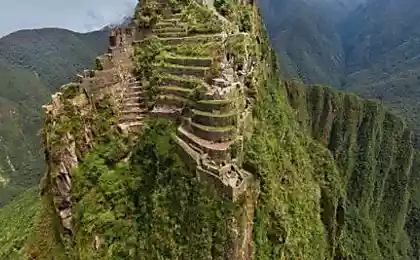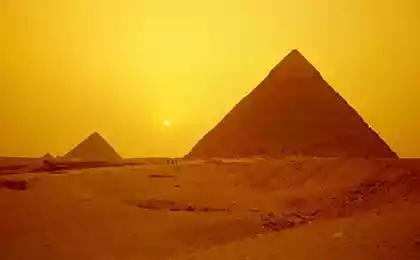427
In Peru, have found 25 quipu of the Incas
In the archaeological complex of incahuasi had found a well-preserved pile – a "bunch" of strings that can be used for counting.
Archaeologists working in Peru have discovered 25 well-preserved quipu – ancient "devices" from the ropes that were used to solve mathematical problems and record keeping.
Findings were made in the archaeological complex of Inca Wasi (Incahuasi), which is located to the South of Lima. As reported the head of the excavation Alejandro Chu (Alejandro Chu), a stack was found in ancient warehouses (Calangute), and not in a funeral context, as is usually the case. The place of discovery makes the findings unique. Judging by the fact that the pile was found in the warehouses, they were used for administrative purposes. Inca Wasi was one of the most important cities built by the Incas in the valley of Lunahuaná (Lunahuana).

The word "pile" in Quechua means "site" as singular or plural. They are a textile artifacts that are made of cotton, wool of llamas or alpacas. Quipu usually consisted of colored, spun, or connected by strands of lashes.
One of the ropes called quipu is the primary and main, it attached additional cords. To the latter could also join the rope – "child". Some of the pile had 10-12 levels of subsidiary cords. Some bale contain up to two thousand cords.
The pile is often laid out so that the primary rope was horizontal, and the other was hanging from it. Sometimes the main rope was placed around the circumference and then further diverged from her rays. When a pile is transported or stored, the primary rope turned spiral.
Using a stack to collect and consider information, including tax liabilities on the population, on military organization and calendar. The ropes contain digital values that are encoded in a special way in the decimal system. Information could be encoded in the color of the rope, the material from which it is made, the nodes and the ways of connecting cords.
The majority of known stack date from about 1400-1532 years BC. Documents of the European colonization shows that the quipu was used not only for accounting but also for the transmission of information – they were sent with couriers-runners throughout the Empire. To have survived about 600 stack. Some of them are stored in museums, the others scattered in private collections around the world.
The Inca Empire stretched from modern Ecuador to Central Chile. The capital of the Incas was Cusco, a city in the southern part of modern Peru in the high Andean regions.
P. S. And remember, just changing your mind — together we change the world! ©
Source: nkj.ru





















